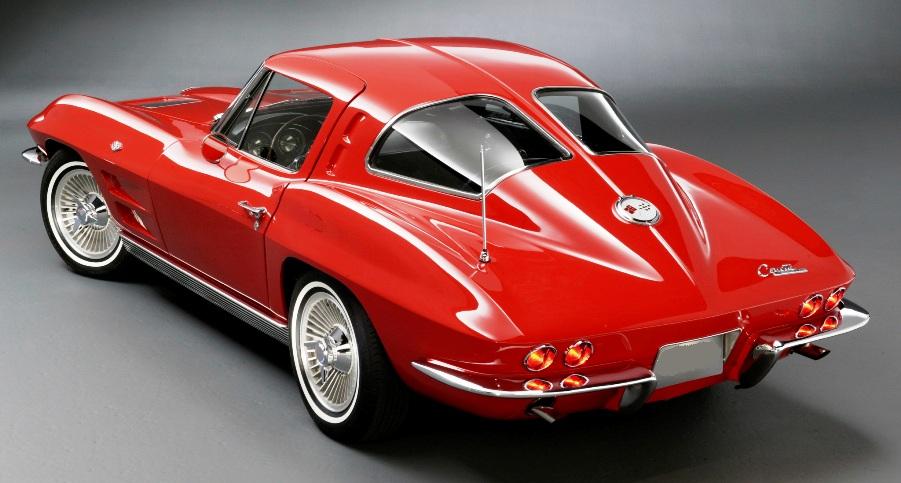In a nutshell: One of the most iconic cars in automotive history has recently come up for auction and if you’ve got deep enough pockets, it could be yours. The one-off SledgeHammer was designed to set a production car top-speed record while maintaining the creature comforts of a typical street car. That means it kept things like the stereo system and air conditioning, components that typically get removed in high-performance cars to reduce overall weight.
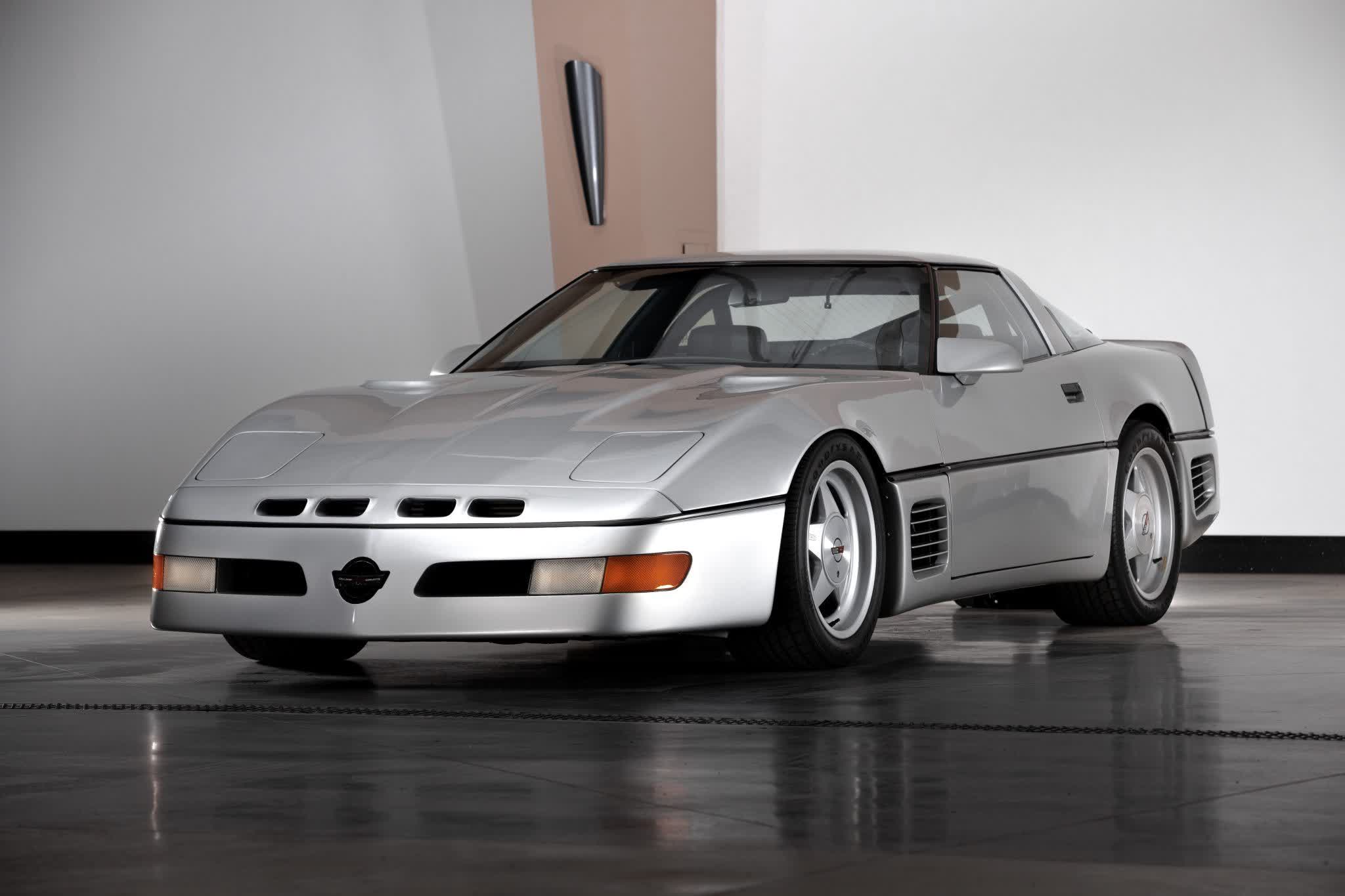
As the story goes, Corvette tuner Callaway Cars ordered this 1988 Corvette coupe new from a dealership and had it sent to Callaway Engineering in Old Lyme, Connecticut, for modification. There, it became the 51st Callaway Twin Turbo Corvette of that year and eventually, the donor car for Project SledgeHammer.
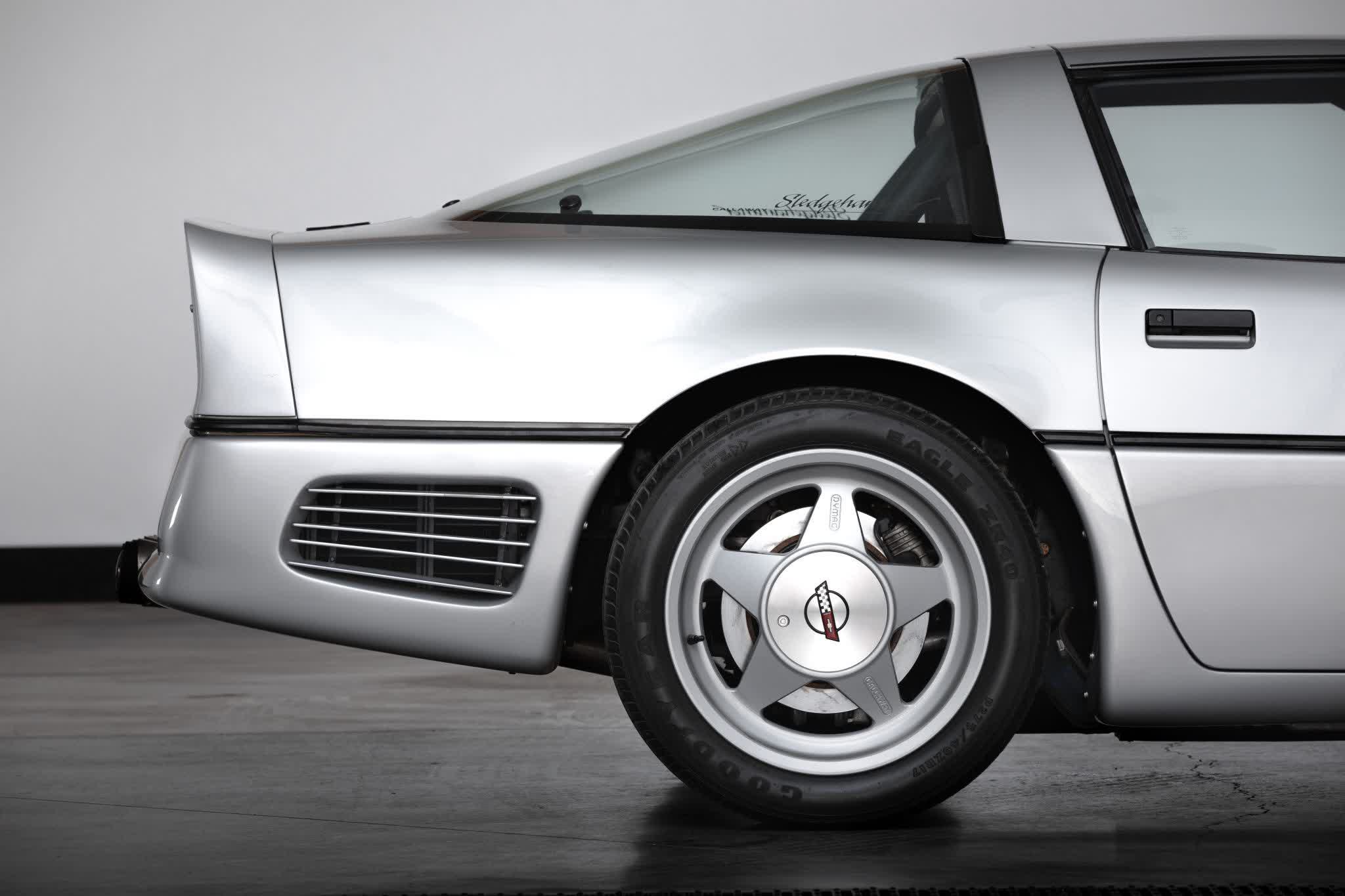
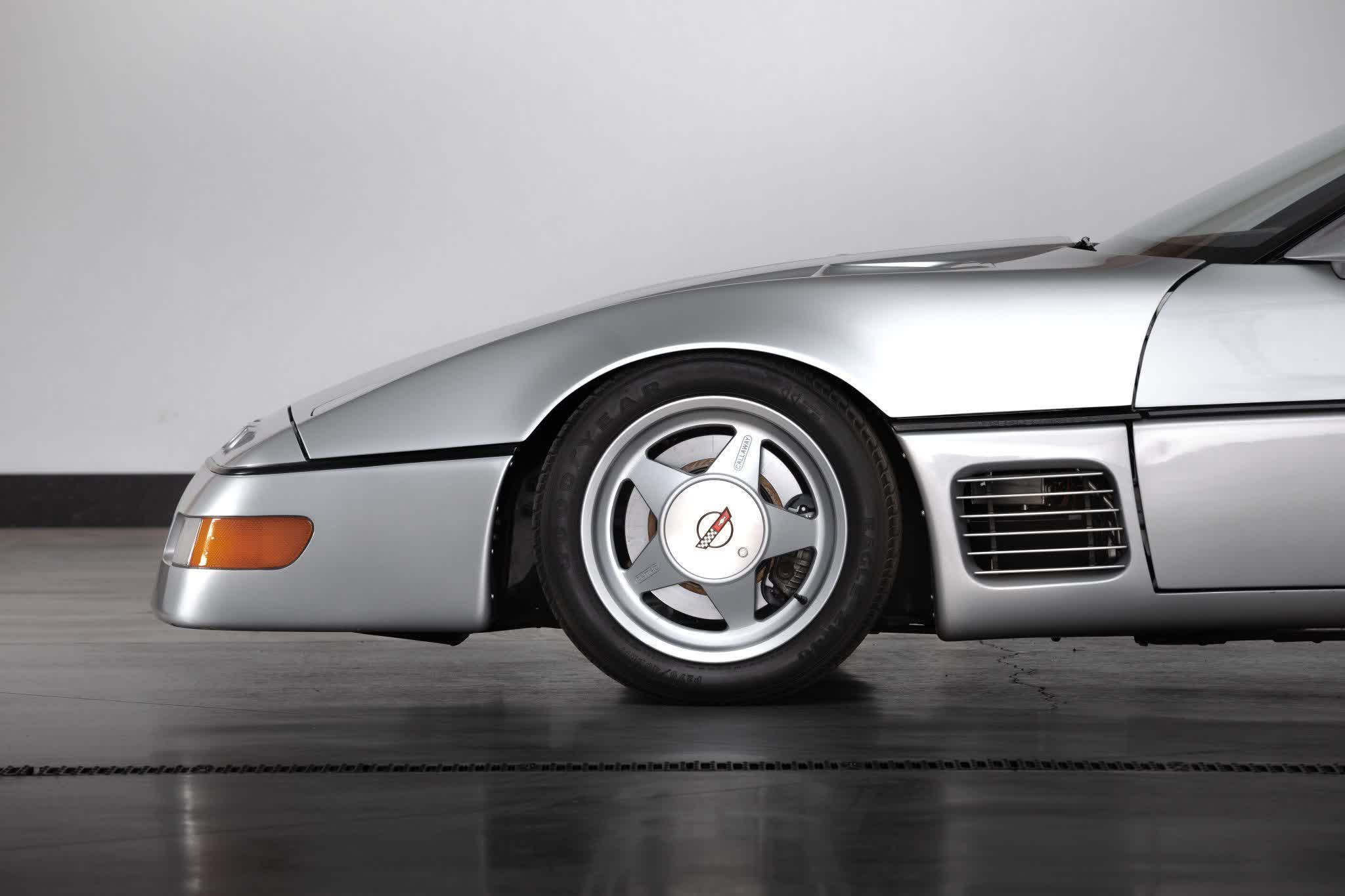
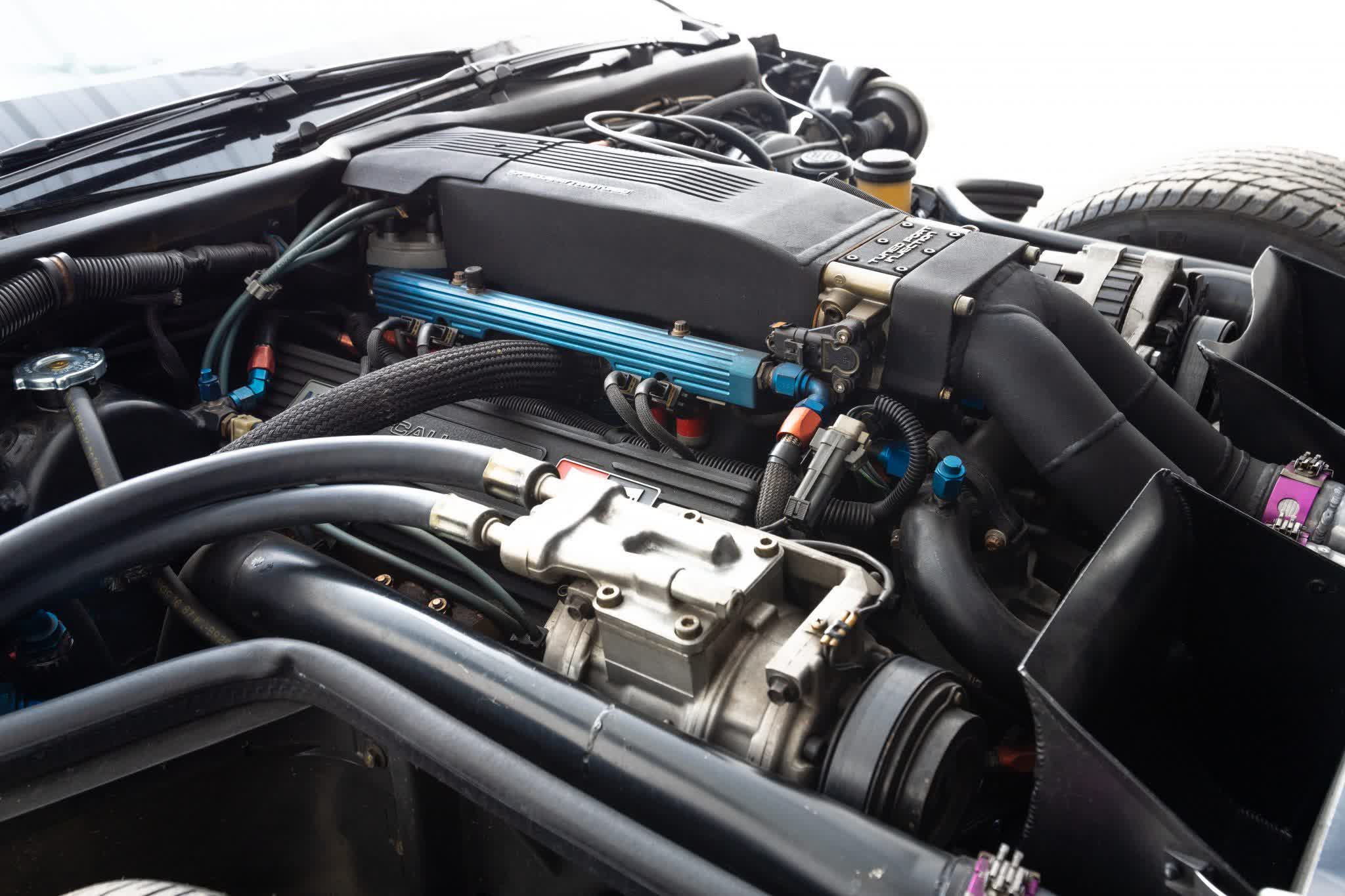
Under the hood is a hand-built twin-turbocharged and intercooled 5.7-liter V8 that was rated by Callaway Cars at 880 horsepower and 772 lb-ft of torque.
In October 1988 at a test track in Ohio, the SledgeHammer reached a top speed of 254.76 mph with legendary NHRA driver John Lingenfelter behind the wheel. That’s an incredibly impressive top speed, even for today. For comparison, Koenigsegg hit 277.9 mph with its Agera RS hypercar in 2017. Callaway was doing this more than 30 years earlier.
That very same car is now up for auction over on Bring a Trailer. According to the listing, the vehicle now has 2,000 miles on the odometer and has been stored in a “museum environment” for most of its life since the record-breaking run. In 2018, Callaway Cars replaced the vehicle’s hoses, couplings and fittings.
The current bid is $425,476 and with nine days remaining, the price is likely to go much higher.
Found is a TechSpot feature where we share clever, funny or otherwise interesting stuff from around the web.
https://www.techspot.com/news/89686-legendary-callaway-sledgehammer-corvette-up-auction.html
